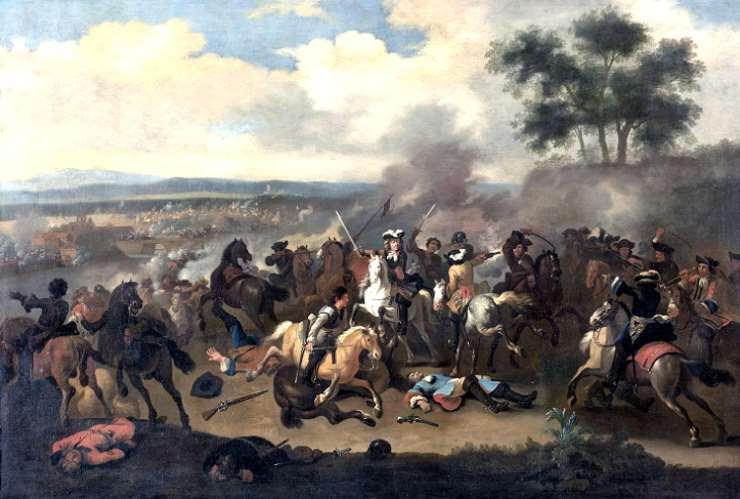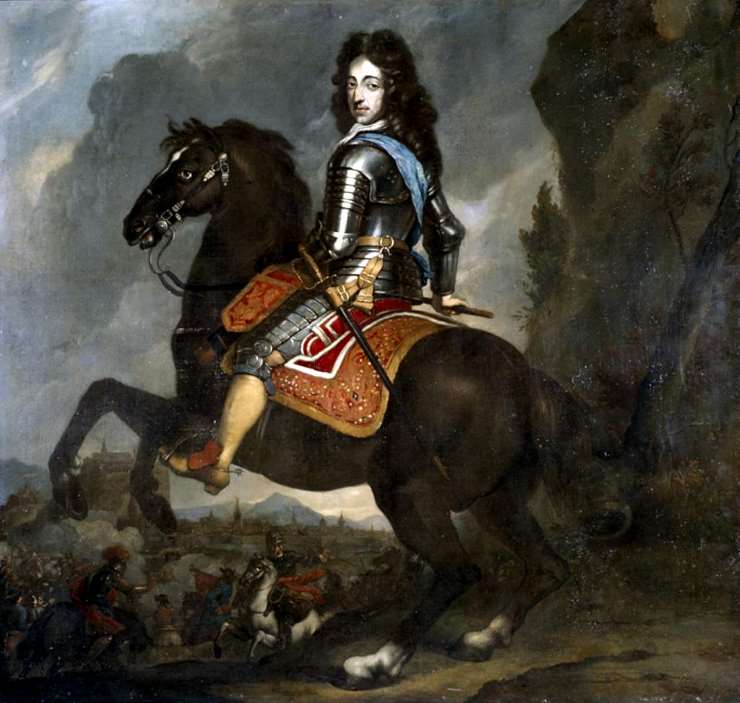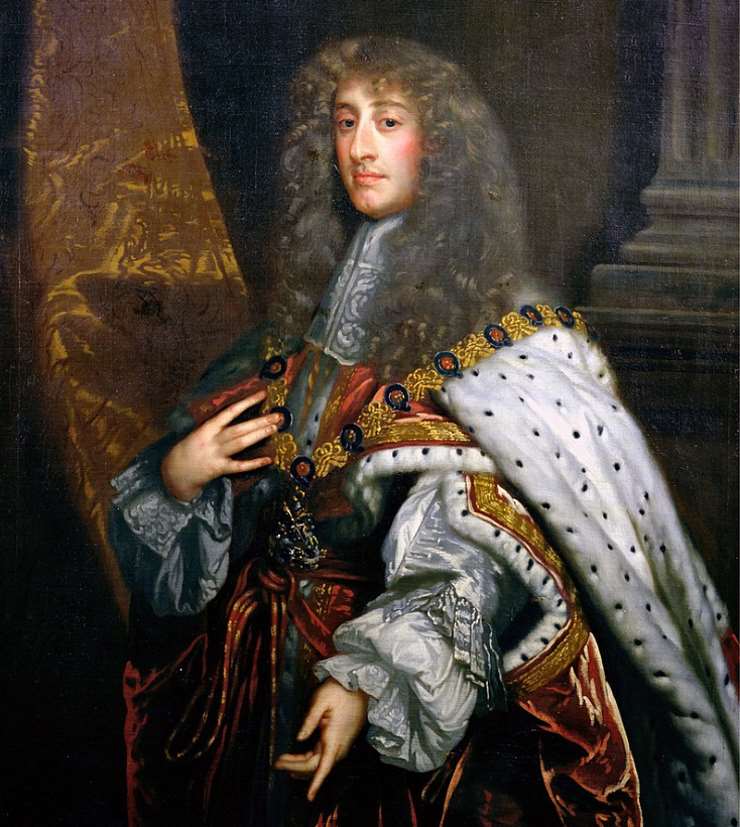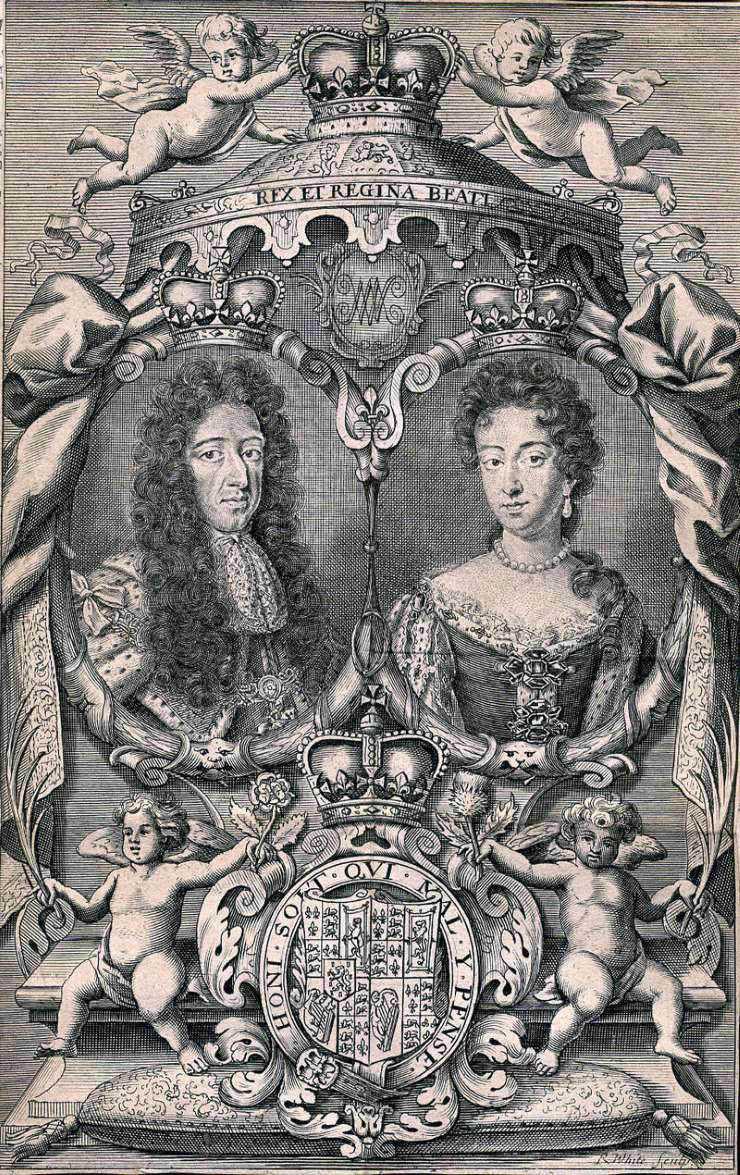William III was born on 4th November 1650. A Dutchman by birth, part of the House of Orange, he would later reign as King of England, Scotland and Ireland until his death in 1702.
William’s reign came at a precarious time in Europe when religious divide dominated international relations. William would emerge as an important Protestant figurehead; the Orange Order in Northern Ireland is named after him. His victory at the Battle of Boyne on 12th July is still celebrated by many in Northern Ireland, Canada and parts of Scotland.

William’s story begins in the Dutch Republic. Born in November in The Hague he was the only child of William II, Prince of Orange and his wife Mary, who also happened to be the eldest daughter of King Charles I of England, Scotland and Ireland. Unfortunately, William’s father, the prince, died two weeks before he was born, resulting in him assuming the title of Prince of Orange from birth.
As a young man growing up, he received tutelage from various governesses and later received lessons daily from a Calvinist preacher called Cornelis Trigland. These lessons instructed him as to the destiny he must fulfil as part of Divine Providence. William had been born into royalty and had a role to fulfil.
When William was only ten years old, his mother died of smallpox whilst visiting her brother in England. In her will, Mary wished her brother Charles II to take care of William’s interests. This proved to be a contentious issue as his general education and upbringing was brought into question by those who supported the dynasty and others in the Netherlands who supported a more republican system.
In the years that followed, the English and Dutch would continue to jostle for influence over the young royal to the point at which during the Second Anglo-Dutch War, one of the peace conditions included an improvement in William’s position, as requested by his uncle Charles II in England.
For the young William back in the Netherlands, he was learning to be an astute autocrat, entitled to rule. His roles were two-fold; leader of the House of Orange and stadtholder, a Dutch word referring to the head of state of the Dutch Republic.
This initially proved difficult due to the Treaty of Westminster which ended the First Anglo-Dutch War. In this treaty Oliver Cromwell demanded the Act of Seclusion be passed, forbidding Holland to appoint a member of the royal House of Orange to the role of stadtholder. However, the impact of the English restoration meant that the act was voided, allowing William to attempt to once again assume the role. His first attempts to do this however proved fruitless.

By the time he was eighteen, the Orangist party were making a concerted effort to secure William’s role as stadtholder and Captain-General, whilst the leader of the States Party, De Witt allowed for an edict which declared that the two roles could never be held by the same person in any province. Nevertheless, De Witt was unable to suppress William’s rise to power, especially when he became a member of the Council of State.
In the meantime, international conflict was brewing across the water, with Charles making an agreement with his French allies for an imminent attack on the Republic. The threat forced those in the Netherlands who had been resistant to William’s power to concede and allow him to assume the role of States General for the summer.
The year 1672 for many in the Dutch Republic proved to be devastating, so much so that it became known as the ‘Disaster Year’. This was largely due to the Franco-Dutch War and the Third Anglo-Dutch War whereby the country was invaded by France with its allies, which at the time included England, Cologne and Münster. The ensuing invasion had a great impact on the Dutch people who were appalled at the presence of a French army in the heart of their beloved Republic.
The result for many was to turn their backs on the likes of De Witt and welcome William as stadtholder on the 9th July of the same year. A month later, William published a letter from Charles which demonstrated that the English king had instigated war due to the aggression of De Witt and his men. De Witt and his brother, Cornelis were fatally attacked and murdered by civil militia loyal to the House of Orange. This allowed William to introduce his own supporters as regents. His involvement in the lynching was never fully established but his reputation was somewhat damaged by the violence and barbarity used that day.
Now in a strong position, William took control and continued to fight off the threat from the English and French. In 1677 he tried, through diplomatic measures, to improve his position through his marriage to Mary, the daughter of the Duke of York who would later become King James II. This was a tactical move which he anticipated would allow him to acquire Charles’s kingdoms in the future and both influence and redirect the French-dominated policies of the English monarchy towards a more favourable Dutch position.
A year later peace with France was declared, however William continued to maintain a mistrustful opinion of the French, joining other anti-French alliances, notably the Association League.
Meanwhile, a more pressing issue remained back in England. As a direct result of his marriage, William was emerging as a likely candidate for the English throne. The likelihood of this was strongly based on James’s Catholic faith. William issued a secret plea to Charles, asking the king to prevent a Catholic from succeeding him. This did not go down well.

By 1685 James II was on the throne and William was desperately looking for ways to undermine him. He admonished James’s decision not to join the anti-French associations at the time and in an open letter to the English public he criticised James’s policy of religious toleration. This led many to subsequently oppose King James’s policy after 1685, particularly in political circles due to genuine concerns with not only his faith but his close ties to France.
James II had converted to Catholicism and had also married a Catholic princess from Italy. In Protestant majority England, concerns soon spread that any son who would succeed the throne would rule as a Catholic King. By 1688, the wheels had been set in motion and on 30th June, a group of politicians who became known as the ‘Immortal Seven’ sent William an invitation to invade. This soon became public knowledge and on 5th November 1688 William landed in the southwest of England at Brixham. Accompanying him was a fleet that was both imposing and considerably larger than the English had encountered during the Spanish Armada.

The ‘Glorious Revolution‘ as it became known successfully saw King James II deposed from his position with William allowing him to flee the country, keen not to see him used as a martyr for the Catholic cause.
On 2nd January 1689, William summoned a Convention Parliament which decided, through a Whig majority, that the throne was vacant and it would be safer to allow a Protestant to assume the role. William successfully ascended the throne as William III of England with his wife Mary II, who reigned as joint sovereigns until her death in December 1694. After Mary’s death William became the sole ruler and monarch.
Jessica Brain is a freelance writer specialising in history. Based in Kent and a lover of all things historical.







